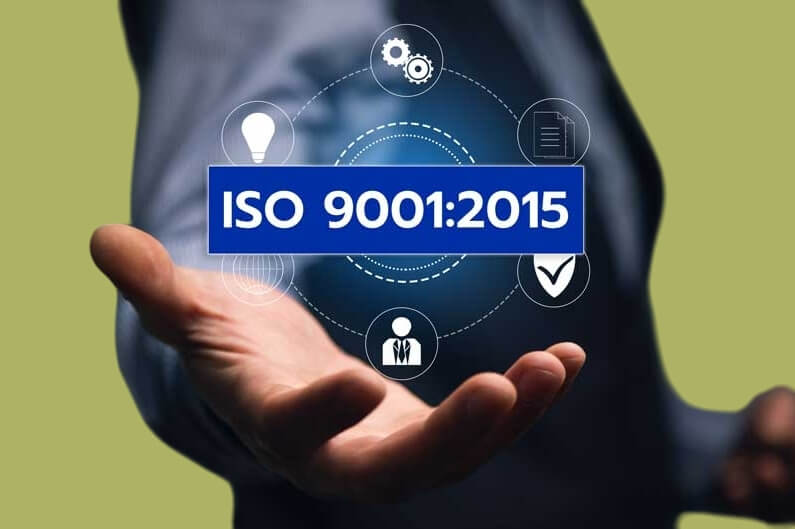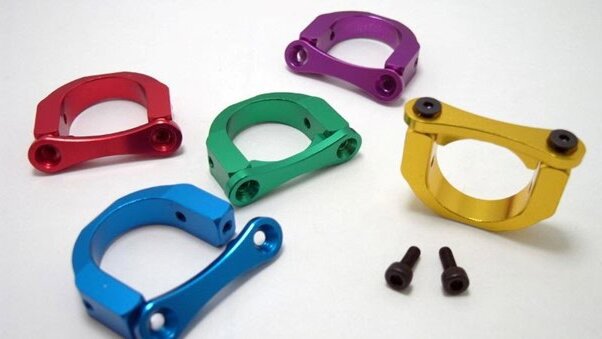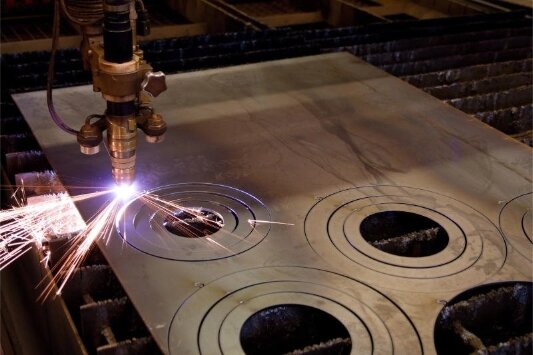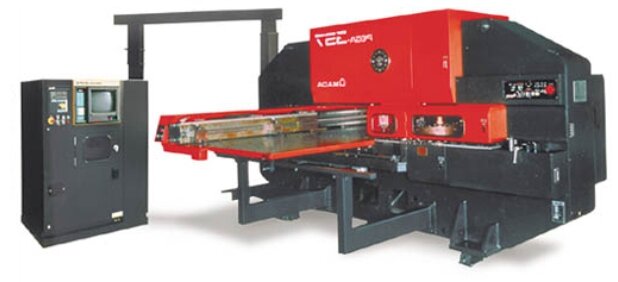Metal manufacturing faces increasing demands for complex parts made from hard-to-machine materials. Traditional cutting methods often result in tool wear, thermal damage, and surface imperfections. Electrochemical machining emerges as a groundbreaking solution that transforms how we shape metals at the molecular level.
Want to discover how ECM can revolutionize your manufacturing process? Let’s explore the fascinating world of electrochemical machining and its industrial applications.
What Is Electrochemical Machining?
Electrochemical machining (ECM) represents an advanced, non-conventional manufacturing process that removes metal through controlled electrochemical dissolution. The method operates like electroplating in reverse, using electrical current to dissolve and remove material from a workpiece.
During operation, a negatively charged tool (cathode) moves toward a positively charged workpiece (anode) while a pressurized electrolyte flows between them. As electrical current passes through this gap, it precisely dissolves metal from the workpiece surface, allowing the tool to shape the material into desired forms.
How Electrochemical Machining Works?
The electrochemical machining process operates through precise electrical and chemical interactions. A DC voltage of 10-25 volts creates controlled metal dissolution between a tool and a workpiece submerged in an electrolyte.
The Core Mechanism
A negatively charged tool (cathode) advances toward a positively charged workpiece (anode) with a gap of 80-800 micrometers between them. Pressurized electrolyte flows through this gap, carrying away dissolved metal ions as the tool shapes the workpiece surface.
Electrolytic Process Explained
The process relies on electrolysis principles, where electric current passing through a conductive salt solution triggers controlled metal removal. The workpiece material dissolves at the atomic level as electrons flow from the anode to the cathode.
Essential Components of ECM
The electrochemical machining system relies on three fundamental elements working in harmony. Each component is vital in achieving precise material removal and superior surface finishes.
The Tool Electrode
The tool electrode functions as the cathode, connected to the negative terminal of the power supply. It requires:
- Excellent electrical conductivity
- High rigidity to withstand fluid pressure
- Chemical inertness to electrolyte exposure
- Easy machinability for shaping
The tool’s shape inversely matches the desired workpiece geometry, making it ideal for volume production. Since there’s no direct contact with the workpiece, the tool experiences zero wear, enabling long service life.
Workpiece Characteristics
The workpiece serves as the anode in the ECM process and must meet specific criteria:
- Electrical conductivity is essential
- Material removal rate depends on atomic weight and valency
- Requires proper insulation to prevent current leakage
The process works effectively on tough-to-machine metals, including:
- Iron-based alloys
- Nickel-based superalloys
- Titanium aluminides
- High-entropy alloys
The Role of Electrolytes
The electrolyte solution performs multiple critical functions:
- Conducts electricity between tool and workpiece
- Removes dissolved metal and debris
- Controls process temperature
- Maintains stable machining conditions
Common electrolyte choices include:
- Sodium chloride (20% concentration) for ferrous alloys
- Hydrochloric acid for nickel alloys
Fundamental electrolyte properties must include:
- High electrical conductivity
- Low viscosity
- Minimal toxicity
- Electrochemical stability
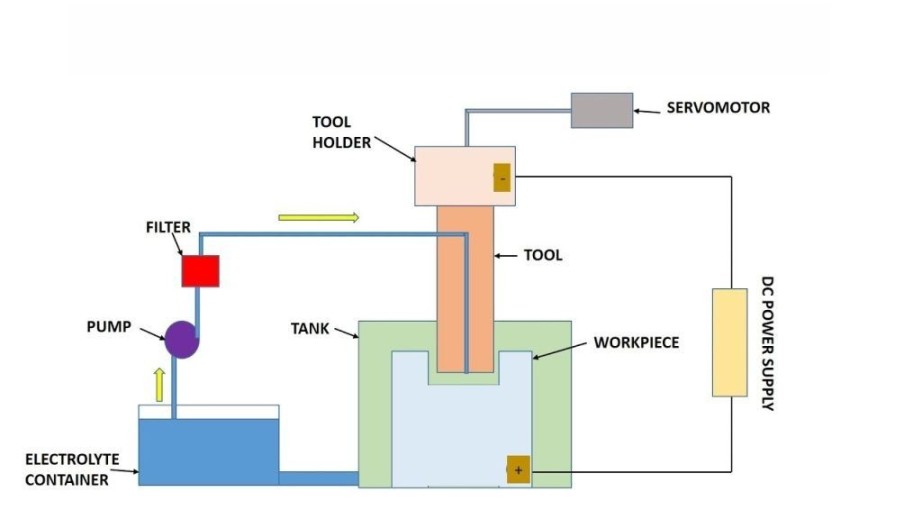
Types of Electrochemical Machining Processes
ECM technology branches into several specialized techniques. Each method adapts the core electrochemical principles to meet specific manufacturing challenges and surface finish requirements.
Electrochemical Drilling
ECM drilling creates precise holes in tough metals using a tubular cathode tool. The tool channels electrolytes directly to the cutting zone while dissolving material away in a controlled manner.
This method achieves remarkable precision with hole diameters ranging from 0.1mm to 5mm. Even in deep holes, the process maintains perfect straightness, making it ideal for aerospace and automotive components.
Electrochemical Deburring
ECD tackles the challenge of removing sharp edges and burrs through precise metal dissolution. The process operates at low voltage but high current density, creating smooth, uniform edges.
This technique proves particularly valuable for complex internal passages and hard-to-reach intersections. Cross-holes and ports that challenge traditional deburring methods become simple to process with ECD.
Electrochemical Polishing
This sophisticated finishing method creates mirror-like surfaces by selectively dissolving microscopic peaks from the metal surface. The process generates a smooth finish while forming a protective passive oxide layer.
Surface quality improves dramatically as the treatment reduces roughness at the molecular level. The resulting finish resists corrosion better than mechanically polished surfaces and prevents bacterial adhesion.
Advantages of ECM
Electrochemical machining is a superior manufacturing method because it combines precision with versatility. Let’s examine its key advantages across several critical areas.
Precision and Accuracy
ECM delivers exceptional dimensional accuracy through controlled electrochemical dissolution. The process maintains tight tolerances of up to 5 microns while creating complex shapes and intricate features.
Stress-Free Manufacturing
Unlike traditional machining methods, ECM produces no mechanical or thermal stress on workpieces. The absence of physical contact between the tool and the workpiece eliminates residual stresses, deformation, and tool wear.
Applicability to Hard and Exotic Materials
ECM excels at machining difficult-to-cut materials regardless of their hardness or toughness. The process effectively shapes:
- Superalloys like Inconel and Waspaloy
- Titanium aluminides
- High nickel and cobalt alloys
- Hardened steels
- Rhenium alloys
High-Quality Surface Finishes
ECM produces exceptional surface quality without additional finishing operations. The process achieves:
- Mirror-like surface finishes down to Ra 0.05
- Burr-free edges
- Consistent surface quality across complex geometries
- Enhanced corrosion resistance through passive layer formation
Limitations of ECM
While electrochemical machining offers unique advantages, it comes with several significant limitations that manufacturers must consider before implementation.
Material Constraints
ECM can only process electrically conductive materials, significantly restricting its application range. The process relies entirely on electrochemical dissolution, making it unsuitable for non-conductive materials like plastics, ceramics, or composites.
Environmental Concerns
The ECM process generates substantial waste in the form of metal hydroxides and used electrolyte solutions. To minimize environmental impact, these byproducts require careful handling and proper disposal procedures.
Applications of Electrochemical Machining
ECM technology serves diverse industries with its ability to machine complex geometries in hard-to-work materials. Let’s examine its critical applications across significant sectors.
Aerospace Industry
The aerospace sector extensively uses ECM to manufacture critical components that require exceptional precision. The process excels at creating complex parts from superalloys and high-strength materials, particularly:
- Turbine blades and blisks
- Engine castings
- Fuel system components
- Structural elements
Medical Device Manufacturing
ECM’s precision and superior surface finish capabilities in medical manufacturing prove invaluable. The process creates:
- Surgical instruments
- Medical implants, including stents
- Orthopedic devices
- Surgical stapler components
Automotive Components
The automotive industry leverages ECM for manufacturing precision parts requiring high surface quality and durability:
- Fuel injectors
- Brake system components
- Gears and valves
- Engine components
Microelectronics and Nanotechnology
ECM’s precision control makes it suitable for micro-scale applications:
- Connectors
- Microchips
- Electronic components
- Micro-tools
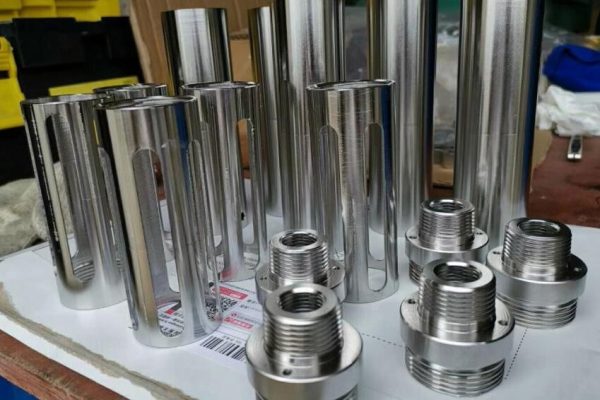
Comparing ECM to Other Manufacturing Methods
Manufacturing methods each have distinct characteristics that make them suitable for different applications. Let’s examine how ECM compares to other popular techniques.
ECM vs. Traditional Machining
Traditional methods rely on physical cutting tools that contact the workpiece, leading to tool wear and mechanical stress. These tools need help with more rigid materials and face geometric limitations in creating complex shapes.
ECM, by contrast, uses electrochemical dissolution without physical contact. This approach eliminates tool wear and produces no mechanical stress in the workpiece. The process maintains consistent performance regardless of material hardness and excels at creating complex 3D geometries.
ECM vs. Electrical Discharge Machining (EDM)
EDM uses electrical sparks to erode the material, creating heat-affected zones and potential micro-cracks in the workpiece. The process offers excellent precision for fine features but processes material relatively slowly.
ECM dissolves material through electrochemical reactions, generating no thermal damage. However, EDM proves more practical for creating excellent features and operates without chemical waste management.
ECM vs. Laser Cutting
Laser cutting delivers rapid processing of thin materials and excels at creating precise 2D shapes. The process works with metals and non-metals but faces limitations with thick materials and reflective surfaces.
ECM specializes in creating complex 3D geometries and handles thick materials with ease. While limited to conductive metals, it produces superior surface finishes without thermal effects.
Conclusion
Electrochemical machining represents a transformative technology in modern manufacturing. Its unique ability to shape hard metals without thermal or mechanical stress sets it apart from conventional methods. ECM offers a proven solution for manufacturers facing challenges with hard materials or complex geometries.
Ready to Elevate Your Manufacturing Precision? Whether you’re dealing with complex geometries, hard-to-machine materials, or demanding surface finish requirements, our ECM expertise can help solve your toughest manufacturing challenges.
Contact us today to discuss your specific needs and discover the perfect ECM solution for your application. Our experts will help you determine if ECM suits your manufacturing requirements.
Hey, I'm Kevin Lee

For the past 10 years, I’ve been immersed in various forms of sheet metal fabrication, sharing cool insights here from my experiences across diverse workshops.
Get in touch

Kevin Lee
I have over ten years of professional experience in sheet metal fabrication, specializing in laser cutting, bending, welding, and surface treatment techniques. As the Technical Director at Shengen, I am committed to solving complex manufacturing challenges and driving innovation and quality in each project.

